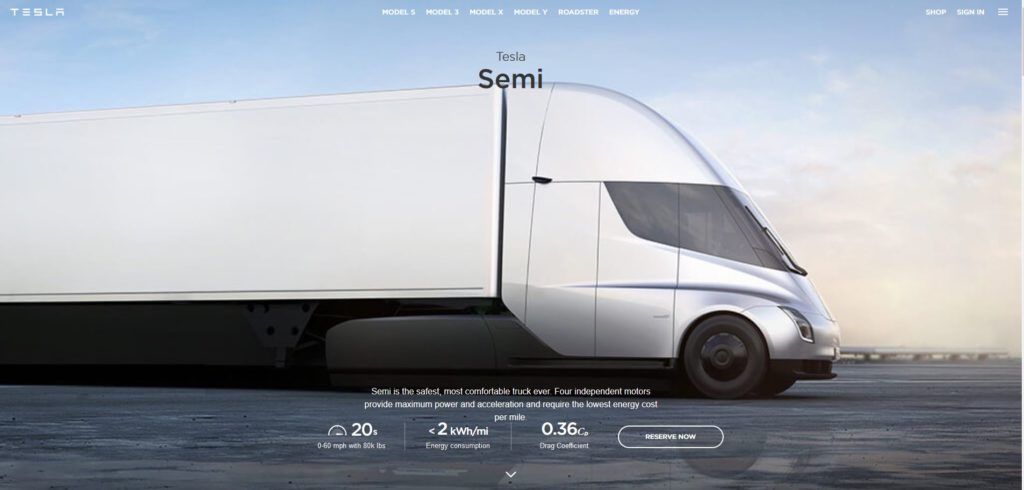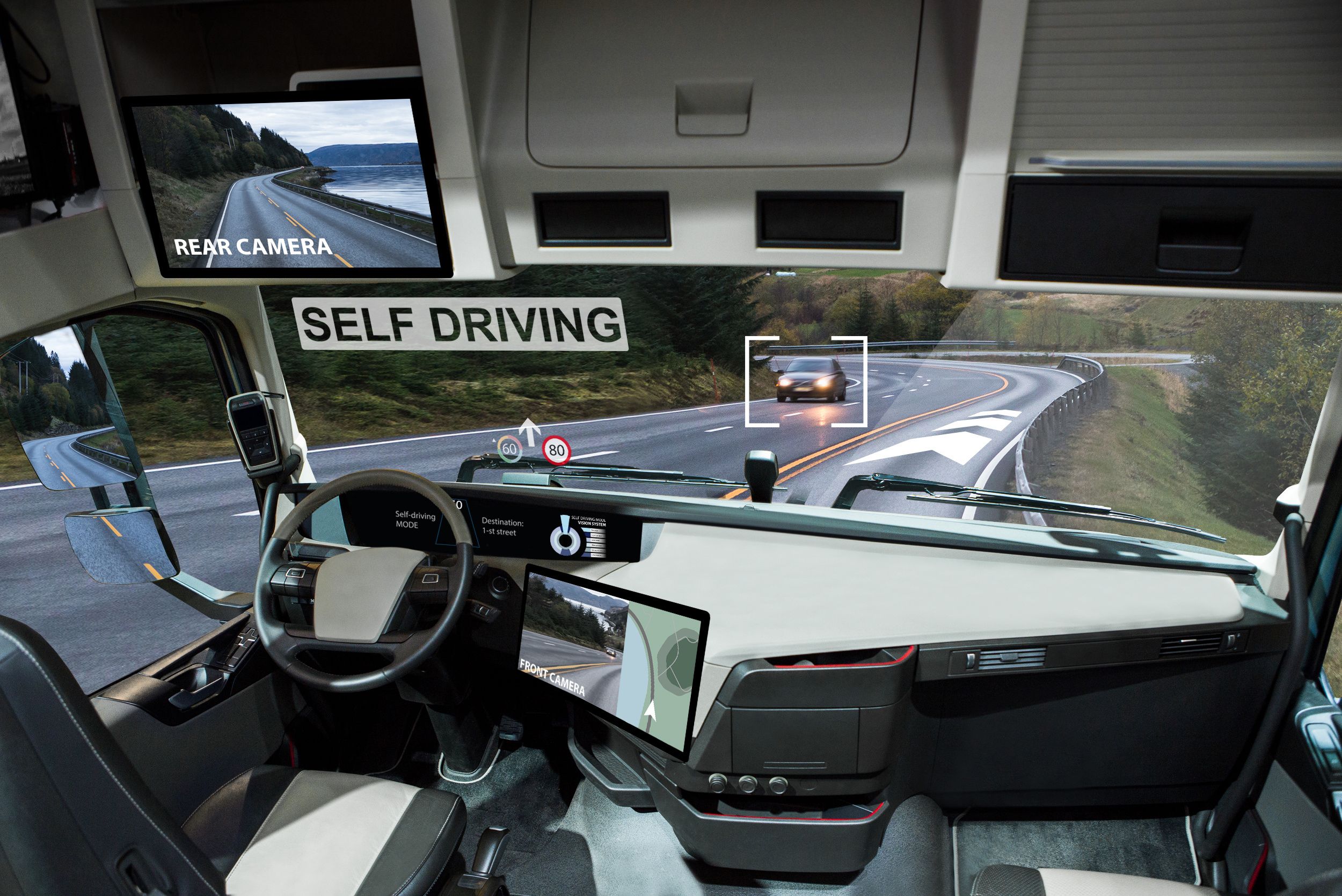Autonomous Vehicles (specifically trucks): what are they and what do they mean for Transportation?
No discussion of the future of the trucking industry is complete without considering the advancements of automated driving technology, and how it might affect the movement of freight in the years and decades to come. Recently, the news has been inundated with talk of autonomous trucks, from a successful Uber beer delivery in Colorado to Elon Musk announcing Tesla is getting involved. Many of the technologies being used in autonomous vehicles (AVs) are already deployed in fleets today. Electronic stability control, collision avoidance, and rear and forward-view cameras have proven their worth.
Two challenges remain for autonomous technology. The first one is object detection and categorization. This is the ability of the vehicle to recognize, for example, a pedestrian pushing a stroller across a street. The second challenge is decision making. With a human driver, there are a lot of subtle signs that drivers send to each other like right of way, but autonomous vehicles can’t pick those up. A lot of research and time will have to be focused on overcoming these challenges in the technology to make improvements to ensure reliability and safety in the final technology that is approved to hit the roads.

Three Key Areas of Autonomous Vehicle Development and Deployment
- Technology for Autonomous Vehicles
- Infrastructure for Autonomous Vehicles
- Governance for Autonomous Vehicles
National Standards on Autonomous Trucking
Legislation allowing testing of autonomous vehicles differs widely among states. Currently, no federal standard on autonomous trucking technology exists, so every state varies in its acceptance of autonomy. Several states have no proposed legislation for automated vehicles, while states such as Nevada, California, Texas, and Arizona are hotbeds for testing of automated trucks. Check out the following map showing the status of autonomous vehicles in the U.S. in 2019 –
Licensing and testing standards in the US are being developed at the state level rather than nationally which may lead to inconsistencies across states. The federal government should create a nationally recognized licensing framework for AVs determining appropriate standards for liability, security, and data privacy.
The American Trucking Association approved its first-ever policy for the development of automated trucks. It covers a variety of topics including safety, the roles of federal and state governments, uniformity across state lines, infrastructure and education. They are divided into 8 policy points to include: Safety, Flow of Interstate Commerce, Federal Preemption and State’s Rights, Uniform State Laws, Infrastructure, Connectivity, Public Education and Maintainability. Check out the following for more information on the Automated Truck Policy Points – https://www.trucking.org/ATA%20Docs/News%20and%20Information/docs/Proposed%20Automated%20Truck%20Policy_24OCT2017_final.pdf
The Different Levels of Automation
0 – No Automation
1 – Driver Assistance (One function controlled automatically i.e. cruise control)
2 – Partial Automation (Both steering and acceleration/deceleration are automated, with the driver ready to take vehicle control)
3 – Conditional Automation (All safety critical functions are automated, but the driver is present for certain traffic and environmental conditions)
4 – High Automation (Automated to perform all safety-critical functions and roadway conditions for a full trip with the human driver still present)
5 – Full Automation (Expected to perform equal to a human driver, in all scenarios and conditions with no human driver present)
Pros of Autonomous Trucks
- Energy and dollar savings – 75% of the cost to ship via truck goes in to labor, salary, insurance and ongoing maintenance.
- Increased safety – fewer accidents and fatalities.
- Less congestion – would help move freight in less congested times (6pm-6am). Improved delivery times and more deliveries in one day.
- Lower insurance premiums.
- Ease of driving. Autonomous trucks may be confined to certain road lanes.
- More productivity – routes will take less time to complete, don’t have to stop for rest.
- Diesel fuel costs would fall but only as long as oil prices hold constant and because AVs reduce fuel consumption by optimizing acceleration and braking.
Cons of Autonomous Trucks
- Pricing uncertainty.
- How safe and reliable will they be and how will they react to bad weather/roads.
- Complexity – system will need to be secured and backed up in case of failure.
- Last-mile environment for trucks coming in to large cities is difficult and complex and will pose challenges.
- No way to program these trucks with the human intuition needed to react in certain situations.
- Retrofitting current city elements to feature sensors and connected transmitters to communicate with vehicles isn’t a cheap venture.
- The laws /rules governing AVs will be time-consuming and expensive to put in place.
Self-driving trucks is a very real promise. Over time, this technology will save lives and improve freight efficiency and fleet productivity. And it will happen gradually. The emergence of autonomous trucks will supplement drivers and not replace them. And so, as freight demand continues to grow, the trucking industry will need more professional drivers than it employs today.
Sources:
Website, “Automated Truck Policy”, October 24, 2017 – https://www.trucking.org/ATA%20Docs/News%20and%20Information/docs/Proposed%20Automated%20Truck%20Policy_24OCT2017_final.pdf
“Understanding the 5 Levels of Autonomous Trucking”, October 16, 2019 Applied Knowledge, Brett Wetzel.


